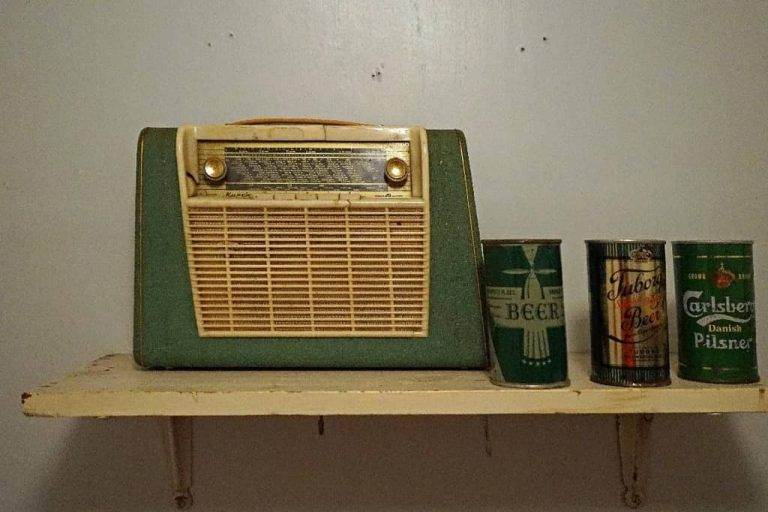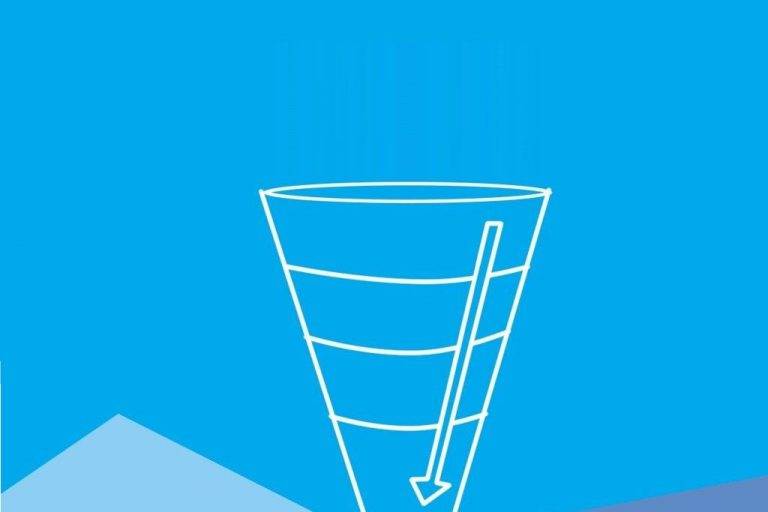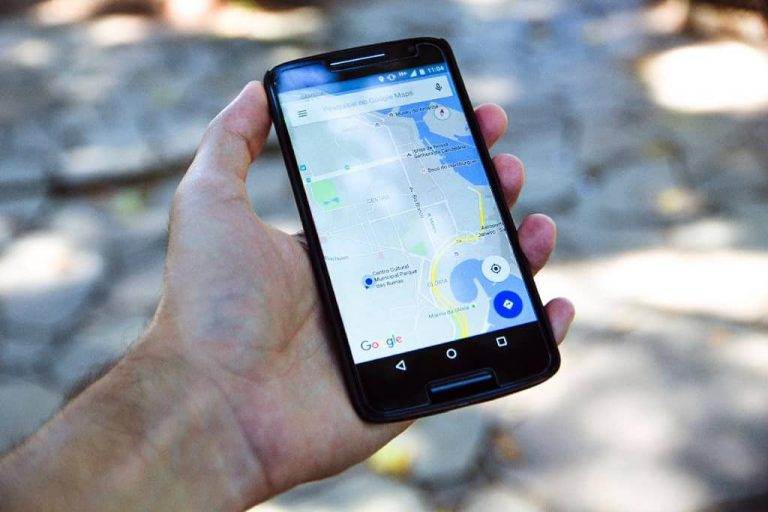Create the first A/B test for eCommerce store
Running an e-commerce business is challenging. At a time, your business is on the right track, and the next step you are down. It is more complicated when you get enough traffic but cannot see the conversion rate. Expecting the situation to change by doing the same thing is wrong. So, you need to be creative and experimental for the best marketing strategies.
A/B testing is the best method for determining the best online promotional for your business. It is not something only analysts use but is an effective methodology for marketers.
This article will help you to create an A/B test for your e-commerce store.
What is A/B testing?
For beginners, A/B testing creates two variations of digital experience to measure which version is more effective. It is also known as split testing.
We don’t know what works — a strong testing process helps to gain useful insights from their data. Narrowing down the most effective elements of promotion and combining them makes your marketing efforts more successful.
How to Conduct A/B Testing?
A/B testing will not complete in just a moment or a day. You have to analyze and apply different processes. I have divided the whole process into three distinct phases.
- Before you start the A/B test
- During the A/B test
- After you complete the A/B test
Before you begin the A/B test
1. Find your best opportunities
Begin the research by looking at “what to test” and “where to test.” Do you want to run an on-site test or an off-site test? For the on-site test, think about your website’s sales-related sections. Figure out the elements you want to test. This is your ‘independent variable.’
You will test an ad or a sales email for the off-site test.
Uncover the following elements:
a. The Highest bounce rate pages:
The bounce rate is the percentage of visitors to a particular website who navigate away from the site after viewing only one page. The pages with the highest bounce rate should be analyzed. These pages signify that the visitors are not finding what they seek. They are not able to take any action they want.
b. The Abandonment points in your funnel:
The Abandonment points on your site are where you lose the most traffic. These points are the reason for your lower conversion rate. Take a look at user pathing reports in your analytics. Analyze the point that goes backward from your final conversion goal. Understand the steps that many users took before reaching that page. This will give you the reason why they ended up.
c. The most valuable pages to your business:
It is the qualitative method for finding a high-priority test. It helps you to interpret which page values most for your business. For an e-commerce site, it is the checkout funnel or a product page. These are the pages where you can get the most traffic. Here, the visitors are interested in the product but are not convinced yet. You want to run tests encouraging visitors to the next step or convert.
2. Set up your goal
Although you will measure many variables for one test, choose your primary variable. This is what you want to test, your ‘dependent variable.’ Think about how important this variable is to you, where you want to place it, and how it will affect the user.
Set an official hypothesis and examine the results based on your prediction.
3. Understand visitor needs
There are three key questions that you should ask your visitors. You have to understand their needs and motivations.
- Why did they visit your website?
- Did they find what they were looking for?
- What stopped them from the next step?
To understand your customers, you must engage with them. Understand their decisions – why are they doing it, or why are they not doing it? It seems more positive if you understand someone’s intent than building demand and driving interest.
On-site survey platforms like Qualaroo allow you to assess motivation from your visitors.
4. Test only one variable at a time
Make sure you test only one variable at a time. Testing two variables at a time hinders you from observing the significant impact. For example, if you A/B test a CTA that directs you to a landing page and A/B testing that same page, how could you know which change increases your lead? It can complicate your result.
5. Make sure your business has enough traffic
Traffic plays a significant role here. If you are not getting enough traffic on your website, it will be difficult to run the test even if you do so. You will not get a qualitative result.
So, the first thing you should do is increase traffic on your site. You can use different media like SEO, paid, and social media.
During the A/B test
1. Use data and insights to inform testing
“Your first ten experiments are all about building momentum for your team moving forward.”
Now that you have successfully identified the areas to conduct the research. It’s time to run the test.
Start your optimization with something that you can set up in a short time. This experiment aims to set up and run a test that drives business impact and helps validate the process for your team.
Avoid minor tweaks. For a more significant change, you could redesign the form. Break the large form into a longer flow. You will be able to know what the effect was and take action.
Run your First Test:
It’s time for implementation. Put your data and advice into action. Running your first test is like a football coach scripting the team’s early plays. It isn’t easy because you don’t know how the other team will react. Similarly, you don’t know what your visitors will respond to.
The first ten tests can be:
4 Message test
4 Conversion test
2 large-scale design test
Message test:
The message test helps you to address the pain points and clarify the confusion. For example, usually, visitors don’t believe in free things. You can see how the conversion rate goes up with a message test.
Conversion test:
Conversion texts are the key conversion milestone. Once the user takes that step, they are likely to become a valuable customer. This could be an intro video or something else that gets your visitor to these moments faster.
Large-scale design test:
Build larger-scale experiments in your top 10 tests. This might include rearranging the layout of a landing page to make it different. These tests can be modified and lead you to a more substantial breakthrough in your testing.
2. Give enough time to produce useful data
If you are waiting to increase your revenue with the A/B test, it will rarely work for you. You need to be patient and let your test run long enough. A long-run A/B test will give you a substantial sample size. It will make it easier to differentiate between the two variations.
You may have a question about how long you should wait. Depending on your company and your execution, you can take time. It could happen in hours or days, or weeks. A big game here is the traffic. If your business gets lots of traffic, it is just an hour, or it will take longer for you.
3. Measuring success
Now you have run your experiments; it’s time for evaluation. Analyze each outcome and decide on the next step. The goal of an A/B test is to implement the winning variation. According to industry standards, a winning variation will give you a 95% statistical lift and 80% statistical power.
Follow these tips during measurement:
- Measure the impact through the entire funnel, not just at the page level.
- Bigger the change, the faster the results
- Higher the level of statistical significance, the more comfortable to take action
4. Take action based on your results
A/B test gives you results on a case-by-case basis. The variation with better statistical performance is the winner variation. Disable the losing variation in your A/B testing tool and complete your test.
If none of your variations is statistically better, your test is indecisive. You need an impact on creating variations or give some more time. You can further apply the lessons to your future efforts. For example, you can use the same font and color of your CTA button on other sites too.
5. Plan your next A/B test
With this A/B test, you just finished one new way of your business marketing. Don’t stop here; there is always room for more optimization.
Testing Framework:
Putting it all together, the testing framework looks like a cyclic process. It incorporates both quantitative and qualitative insights into your audience.
Repeating it:
- Plan and run your first ten tests.
- Get your first win.
- Share the result with your team.
- Start the cycle of continuous improvement.
Which web elements should you A/B test?
The purpose of A/B testing is to optimize elements on your web page. You should eliminate the elements which confuse your visitor. Here is a list of elements that can be A/B tested:
- Page layout
- Headers
- Sub-Headers
- Body copy
- Reinforcement statement
- Sales copy/product description, images, videos, etc
- CTA (Call-to-action): text, shape, size, color, font
- Social proofs: testimonials, reviews, ratings
- Pricing options: Offers, discounts, scarcity, EMI options
- Checkout: Form field, closing argument
You can test elements virtually you think is worth examining. You can add them, delete them, or check them. But it doesn’t mean you should spend a long time exploring every little thing. Focus on the elements that can have a significant impact.
Summing-up
Don’t give up on your first few trials. Failure might happen due to different reasons. Instead of abandoning it, go through your analytical tools, and understand the meat of the matter.
A/B test will help you increase your customer lifetime value. Your customers matter most to your business.






